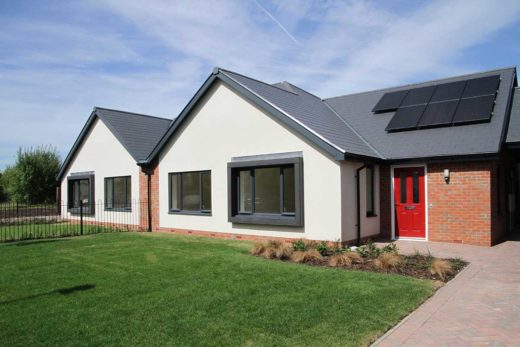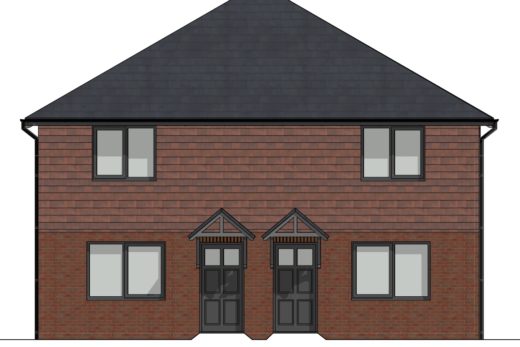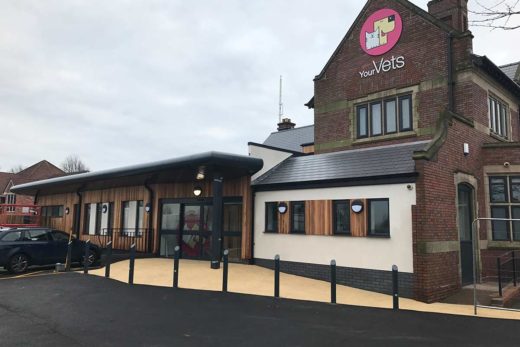
New houses are not normally permitted in open countryside or designated greenbelt. However, the National Planning Policy Framework 2018, paragraph 79, formerly paragraph 55 (NPPF 2012), allows an exception for buildings where the design is of ‘exceptional quality’ Such a design should:
- be truly outstanding or innovative, helping to raise standards of design more generally in rural areas;
- reflect the highest standards in architecture;
- significantly enhance its immediate setting; and
- be sensitive to the defining characteristics of the local area.’
This is a very high standard to achieve.
Working for a private client, DJD Architects led the design team to do just that, achieving planning permission for a new house, judged to be both outstanding an innovative by the MADE expert built environment review panel.
The site is largely flat and gently undulating, divided into three field areas with an existing man made lake, it sits within the Area of Great Landscape Value as defined by the Local Plan.
Working with the landscape architect (Potterton Associates), ecologist (Worcestershire Wildlife Consultancy) and planning consultant (Malcolm Scott Consultants), DJD Architects developed designs encompassing a luxurious lakeside residence, a working farmyard and a public point of arrival for visitors. This is designed as a holistic response to the site, sitting in and forming part of the landscape, becoming a positive addition to it.
The approach to the house, curving and sweeping across the landscape, was designed to provide a journey experience in its’ own right, offering glimpses of the house or lake at different points before arriving at the entrance with the house set behind a reflection pool which tumbles into a new wildlife pond.
DJD Architects worked with the client to develop a proposal for the way they wished to live on the site. Imagining a traditional small holding with calving and farrowing pens, feed store, butchery, workshop, tractor shed and kitchen garden surrounding the house. These elements are brought together with a common architectural language which extends into the proposed landscape design for the site. The generous internal spaces face south taking in views across the lake to the hills and coppiced woodland beyond.
The main solid walls of the house are designed as rammed earth construction, using earth from the site to form this new addition. These are heavily insulated with breathable insulation and clad in untreated timber boarding, sitting below large sedum green roofs. High performance glazing completes the simple palette of materials.
DJD Architects have worked with the client and structural engineer, Latter Ramsay Consultants in researching rammed earth construction techniques to prepare the detailed technical designs for the project.
The existing lake is used to provide heat using a water source heat pump coupled with solar thermal panels to provide heating and hot water. Photovoltaic panels generate electricity for use in the home and small holding outbuildings. The house is designed to be net zero carbon for emissions in use.
Rainwater will be collected for use in the yard and gardens, and wastewater from the house will be treated by a network of reed beds which will filter the water, before treated water discharges into a stream which passes through the site.
Developing a management plan for the smallholding as part of the proposals, including the introduction of beetle banks, and the creation of a new orchard, to help enhance the site ecology completed the holistic approach to the design which MADE found compelling.
Project Details
Client: Private
Work Stages: 1-4
Dates: 2012-2015
Approximate Value: Not disclosed
Contractor: Client self-build





